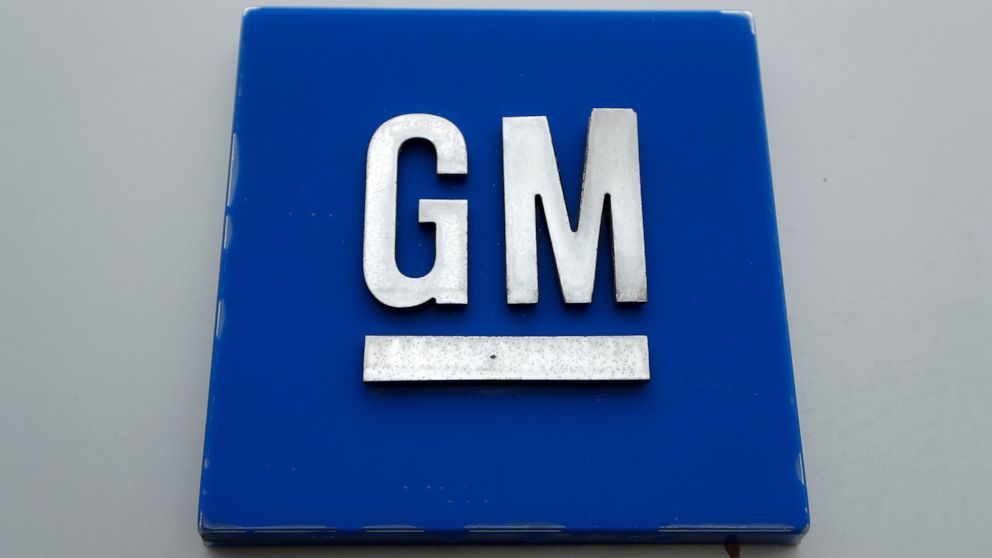US safety regulators are investigating reports that autonomous robotaxis run by General Motors’ Cruise can unexpectedly come to a halt, potentially stranding passengers.
DETROIT — US safety regulators are investigating reports that autonomous robotaxis run by General Motors’ Cruise LLC can stop too quickly or unexpectedly stop moving, potentially stranding passengers.
The National Highway Traffic Safety Administration says it opened the probe after getting three reports of Cruise autonomous vehicles braking so hard that they were hit from behind by other vehicles. At the time, robotaxis were staffed by human safety drivers.
The agency also has multiple reports of Cruise robotaxis without human safety drivers becoming immobilized in San Francisco traffic, possibly stranding passengers and blocking lanes.
The reports of immobilized autonomous vehicles came from discussions with Cruise, media reports and local authorities, NHTSA said in an investigation document posted Friday on its website.
There have been two reports of related injuries, including serious injuries to a bicyclist last March, according to the NHTSA crash database.
NHTSA says it will determine how often the problems happen and potential safety issues they cause. The probe, which covers an estimated 242 Cruise autonomous vehicles, could bring a recall.
Cruise spokesman Drew Pusateri said the company is cooperating in the investigation, and that its vehicles have driven nearly 700,000 autonomous miles in a complex city with no life-threatening injuries or deaths.
“This is against the backdrop of over 40,000 deaths each year on American roads,” he wrote. “There’s always a balance between healthy regulatory scrutiny and the innovation we desperately need to save lives.”
He said police didn’t issue tickets in any of the crashes, and that in each case, the autonomous vehicle was responding to aggressive or erratic behavior of other road users. “The AV was working to minimize collision severity and risk of harm, which is exactly what it did,” Pusateri wrote.
In the clogged traffic incidents, Pusateri wrote that whenever Cruise technology isn’t extremely confident in moving, it’s designed to be conservative, turning on hazard lights and coming to a safe stop.

